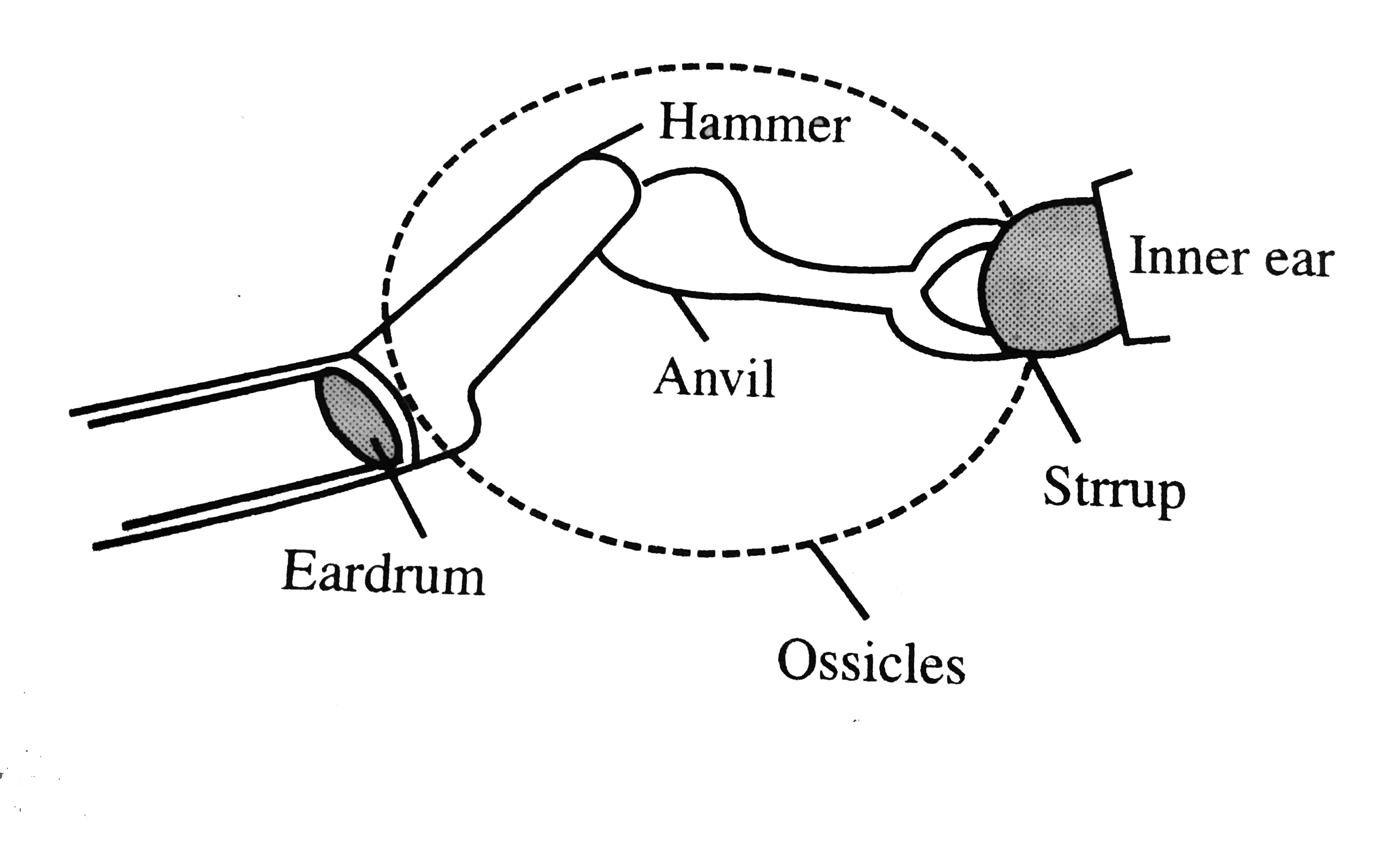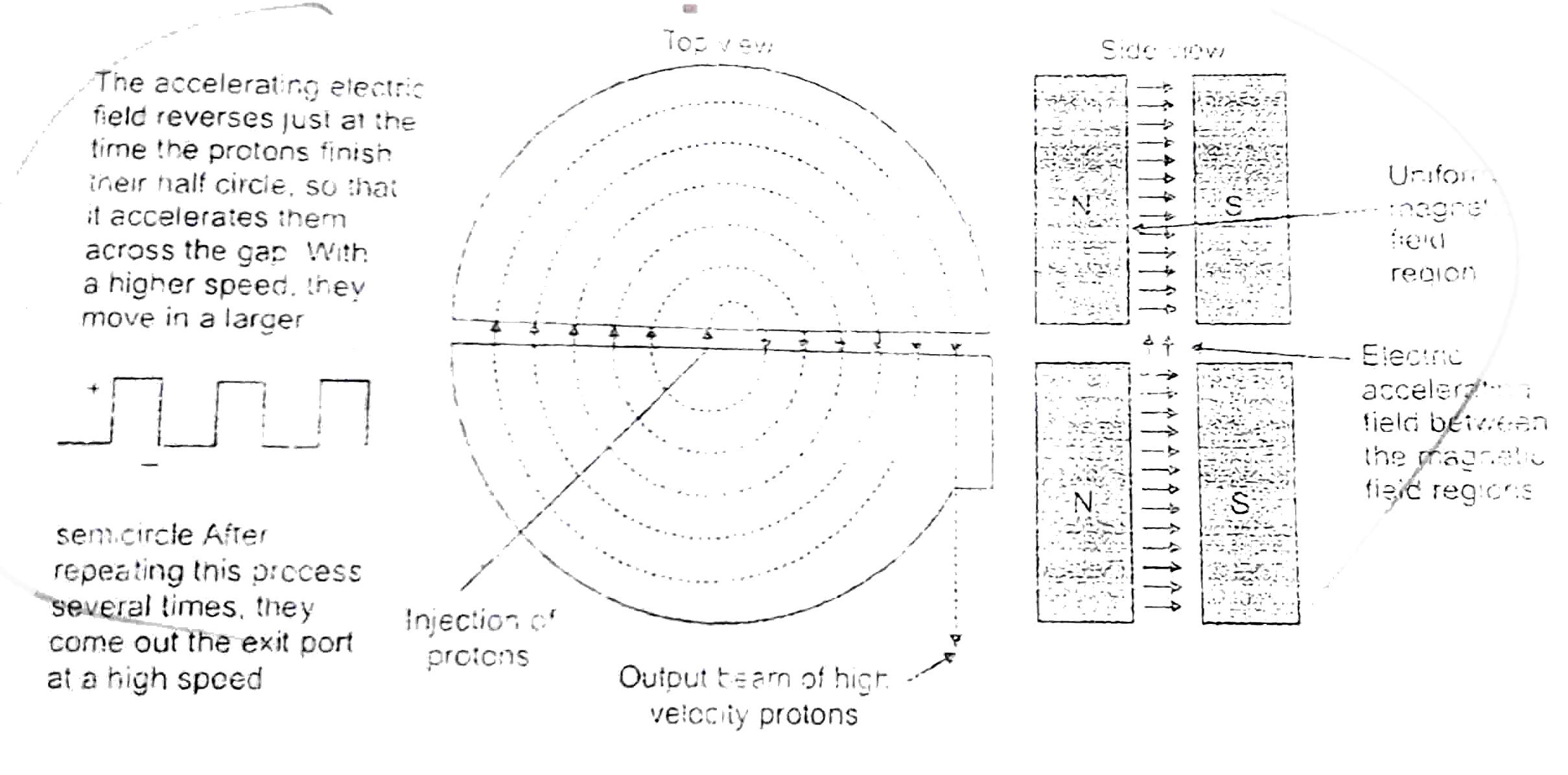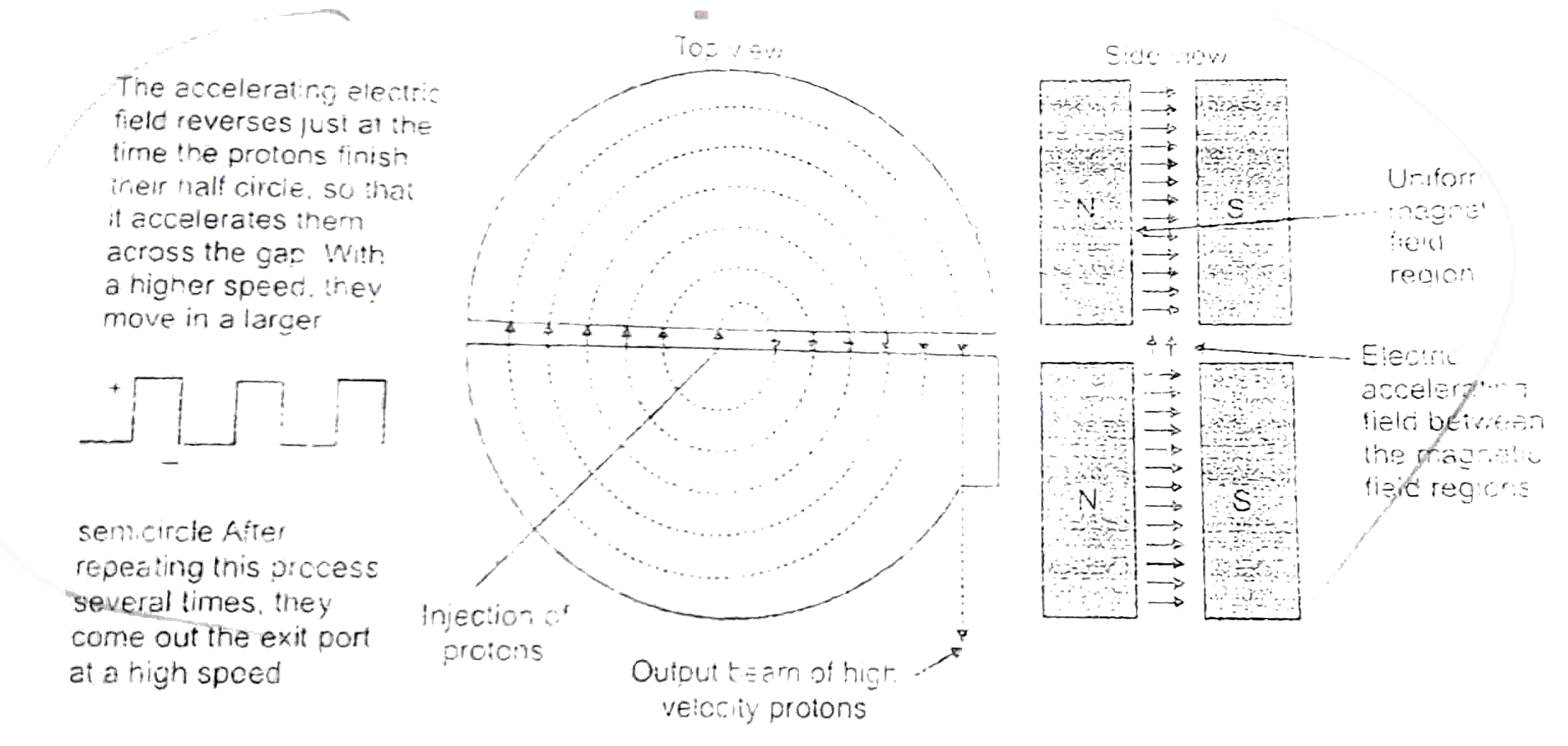Glomerular filtrate is
1. formed continuously by the process of ultrafiltration occurring at Malpighian corpuscles, in which the blood cells and the colloidal macromolecules are not allowed to pass across the filtering surface
2. the electrolyte free fluid collected within the lumen of Bawman's capsule
3. the protein free fluid collected within the lumen of Bowman's capsule
4. formed by the process of selective reabsorption
1, 2 and 3 are correct
1 and 2 are correct
2 and 4 are correct
1 and 3 are correct
The correct Answer is:D
Step by step video, text & image solution for Glomerular filtrate is 1. formed continuously by the process of ultrafiltration occurring at Malpighian corpuscles, in which the blood cells and the colloidal macromolecules are not allowed to pass across the filtering surface 2. the electrolyte free fluid collected within the lumen of Bawman's capsule 3. the protein free fluid collected within the lumen of Bowman's capsule 4. formed by the process of selective reabsorption by Biology experts to help you in doubts & scoring excellent marks in Class 11 exams.
Topper's Solved these Questions
Similar Questions
Assertion :− Ultrafiltration takes place in presence of effective filtration pressure .
Reason :− In ultrafiltratio process blood is filtered In bowman's capsule, filtered fluid contain protein & Blood corpuscles alsoView SolutionAssertion: Ultrafiltration takes place in presence of effective filtration pressure .
Reason: In ultraiiltration process, blood is filtered in Bowman’s capsule, filtered fluid contain protein and blood corpuscles alsoView Solution
Knowledge Check
- Question 1 - Select One
Find the correct answer about glomerular filtrate
1. Formed continuously through ultrafilration of blood
2. Liquid free fluid collects in the lumen of Bowman's capsule
3. Protein free fluid collects in the lumen of Bowman's capsule
4. formed by process of selective reabsorptionA1, 2, 3 correctB1, 2 correctC2, 4 correctD1, 3 correct - Question 2 - Select One
Find the correct statements about glomerular filtrate-
(A) Formed continuously through ultrafiltration of blood.
(B) Lipid free fluid collects in the lumen of Bowman's capsule.
(C) Protein free fluid collects in the lumen of Bowman's capsule.
(D) Formed by process of selective reabsorptionAA, B, C correctBA, B correctCB, D correctDA, C correct - Question 3 - Select One
Read the following statements: Statement A: ultra filtration of blood occurs in renal corpuscles.Statement B:during ultrafiltration, almost all the constituents of blood plasma except the proteins pass into the lumen of Bowman's capsule.
Astatement A is incorrect and B is correctBstatement A is correct and B is incorrectCBoth statement A and B is incorrectDBoth statement A and B is correct

When a sound wave enters the ear, it sets the eardrum into oscillation, which in turn causes oscillation of 3 tiny bones in the middle ear called ossicles. This oscillation is finally transmitted to the fluid filled in inner portion of the ear termed as inner ear, the motion of the fluid disturbs hair cells within the inner ear which transmit nerve impulses to the brain with the information that a sound is present. The theree bones present in the middle ear are named as hammer, anvil and stirrup. Out of these the stirrup is the smallest one and this only connects the middle ear to inner ear as shown in the figure below. The area of stirrup and its extent of connection with the inner ear limits the sensitivity of the human ear consider a person's ear whose moving part of the eardrum has an area of about 50mm2 and the area of stirrup is about 5mm2. The mass of ossicles is negligible. As a result, force exerted by sound wave in air on eardum and ossicles is same as the force exerted by ossicles on the inner ear. Consider a sound wave having maximum pressure fluctuation of 4×10−2Pa from its normal equilibrium pressure value which is equal to 105Pa. Frequency of sound wave in air is 332ms. Velocity of sound wave in fluid (present in inner ear) is 1500ms. Bulk modulus of air is 1.42×105Pa. Bulk modulus of fluid is 2.18×109Pa.
Q. This person (without hearing aid machine) is sitting inside a busy restaurant where average sound intensity is 3.2×10−5Wm2. How much energy in the form of sound is taken up by the person in his meal time of 1 h?View SolutionIn the given figure of a cyclotron, showing the particle source S and the dees.A uniform magnetic field is directed up form the plane of the page.Circulating protons spiral outward within the hollow dees gaining energy every time they cross the gap between the dees.Suppose that a proton, injected by source S at the centre of the centre of the cyclotron in figure initially moves toward a negatively charged dee.It will accelerate toward this dee and enter it.Once inside, it is shielded from electric field by the copper walls of the dee,that is the electric field does not enter the dee.The magnetic field, however, is not screened by the (nonmagnetic) copper dee, so the proton moves in circular path whose radius, which depends on its speed, is given by
r=mvqB...(1)
Let us assume that at the instant the proton emerges into the center gap from the first dee, the potential difference between the dees is reversed.Thus, the proton again faces a negatively charged dee and is again accelerated.Thus,the proton again faces a negatively charged dee and is again accelerated.This process continues, the circulating proton always being in step.with the oscillations of the dee potential, until the proton has spiraled out to the edge of the dee system.There a deflector plate sends it out through a portal.The key to the operation of the cyclotron is that the frequency f at which the proton circulates in the field (and that does not depend on its speed) must be equal to the fixed frequency fosc of the electrical oscilliator, or f=fosc(resonance condition)...(2)
This resonance condition says that, if the energy of the circulating proton is to increase, energy must be fed to it at a frequency fosc that is equal to the natural frequency f at which the proton circulates in the magnetic field.
Combining equation 1 and 2 allows us to write the resonance condition as
qB=2πmfosc..(3)
For the proton, q and m are fixed.The oscillator (we assume) is designed to work at a single fixed frequency foscWe then "tune" the cyclotron by barying B until eq. 3 is satisfied and then many protons circulate through the magnetic field, to emerge as a beam.
If q/m for a charge particle is 106,frequency of applied AC is 106Hz.Then applied magnetic field is
 View Solution
View SolutionIn the given figure of a cyclotron, showing the particle source S and the dees.A uniform magnetic field is directed up form the plane of the page.Circulating protons spiral outward within the hollow dees gaining energy every time they cross the gap between the dees.Suppose that a proton, injected by source S at the centre of the centre of the cyclotron in figure initially moves toward a negatively charged dee.It will accelerate toward this dee and enter it.Once inside, it is shielded from electric field by the copper walls of the dee,that is the electric field does not enter the dee.The magnetic field, however, is not screened by the (nonmagnetic) copper dee, so the proton moves in circular path whose radius, which depends on its speed, is given by
r=mvqB...(1)
Let us assume that at the instant the proton emerges into the center gap from the first dee, the potential difference between the dees is reversed.Thus, the proton again faces a negatively charged dee and is again accelerated.Thus,the proton again faces a negatively charged dee and is again accelerated.This process continues, the circulating proton always being in step.with the oscillations of the dee potential, until the proton has spiraled out to the edge of the dee system.There a deflector plate sends it out through a portal.The key to the operation of the cyclotron is that the frequency f at which the proton circulates in the field (and that does not depend on its speed) must be equal to the fixed frequency fosc of the electrical oscilliator, or f=fosc(resonance condition)...(2)
This resonance condition says that, if the energy of the circulating proton is to increase, energy must be fed to it at a frequency fosc that is equal to the natural frequency f at which the proton circulates in the magnetic field.
Combining equation 1 and 2 allows us to write the resonance condition as
qB=2πmfosc..(3)
For the proton, q and m are fixed.The oscillator (we assume) is designed to work at a single fixed frequency foscWe then "tune" the cyclotron by barying B until eq. 3 is satisfied and then many protons circulate through the magnetic field, to emerge as a beam.
For a given charge particle a cyclotron can be "tune" by:
 View Solution
View SolutionIn the given figure of a cyclotron, showing the particle source S and the dees.A uniform magnetic field is directed up form the plane of the page.Circulating protons spiral outward within the hollow dees gaining energy every time they cross the gap between the dees.Suppose that a proton, injected by source S at the centre of the centre of the cyclotron in figure initially moves toward a negatively charged dee.It will accelerate toward this dee and enter it.Once inside, it is shielded from electric field by the copper walls of the dee,that is the electric field does not enter the dee.The magnetic field, however, is not screened by the (nonmagnetic) copper dee, so the proton moves in circular path whose radius, which depends on its speed, is given by
r=mvqB...(1)
Let us assume that at the instant the proton emerges into the center gap from the first dee, the potential difference between the dees is reversed.Thus, the proton again faces a negatively charged dee and is again accelerated.Thus,the proton again faces a negatively charged dee and is again accelerated.This process continues, the circulating proton always being in step.with the oscillations of the dee potential, until the proton has spiraled out to the edge of the dee system.There a deflector plate sends it out through a portal.The key to the operation of the cyclotron is that the frequency f at which the proton circulates in the field (and that does not depend on its speed) must be equal to the fixed frequency fosc of the electrical oscilliator, or f=fosc(resonance condition)...(2)
This resonance condition says that, if the energy of the circulating proton is to increase, energy must be fed to it at a frequency fosc that is equal to the natural frequency f at which the proton circulates in the magnetic field.
Combining equation 1 and 2 allows us to write the resonance condition as
qB=2πmfosc..(3)
For the proton, q and m are fixed.The oscillator (we assume) is designed to work at a single fixed frequency foscWe then "tune" the cyclotron by barying B until eq. 3 is satisfied and then many protons circulate through the magnetic field, to emerge as a beam.
Change in kinetic energy of charge particle after every time period is:
 View Solution
View SolutionIn the given figure of a cyclotron, showing the particle source S and the dees.A uniform magnetic field is directed up form the plane of the page.Circulating protons spiral outward within the hollow dees gaining energy every time they cross the gap between the dees.Suppose that a proton, injected by source S at the centre of the centre of the cyclotron in figure initially moves toward a negatively charged dee.It will accelerate toward this dee and enter it.Once inside, it is shielded from electric field by the copper walls of the dee,that is the electric field does not enter the dee.The magnetic field, however, is not screened by the (nonmagnetic) copper dee, so the proton moves in circular path whose radius, which depends on its speed, is given by
r=mvqB...(1)
Let us assume that at the instant the proton emerges into the center gap from the first dee, the potential difference between the dees is reversed.Thus, the proton again faces a negatively charged dee and is again accelerated.Thus,the proton again faces a negatively charged dee and is again accelerated.This process continues, the circulating proton always being in step.with the oscillations of the dee potential, until the proton has spiraled out to the edge of the dee system.There a deflector plate sends it out through a portal.The key to the operation of the cyclotron is that the frequency f at which the proton circulates in the field (and that does not depend on its speed) must be equal to the fixed frequency fosc of the electrical oscilliator, or f=fosc(resonance condition)...(2)
This resonance condition says that, if the energy of the circulating proton is to increase, energy must be fed to it at a frequency fosc that is equal to the natural frequency f at which the proton circulates in the magnetic field.
Combining equation 1 and 2 allows us to write the resonance condition as
qB=2πmfosc..(3)
For the proton, q and m are fixed.The oscillator (we assume) is designed to work at a single fixed frequency foscWe then "tune" the cyclotron by barying B until eq. 3 is satisfied and then many protons circulate through the magnetic field, to emerge as a beam.
Ratio of radius of successive semi circular path
 View Solution
View Solution
